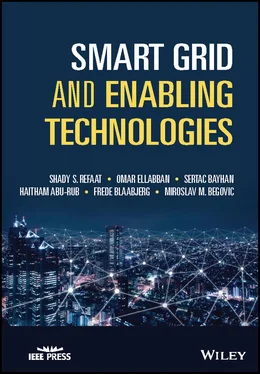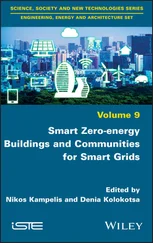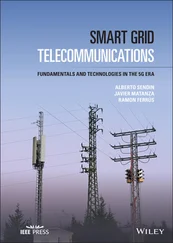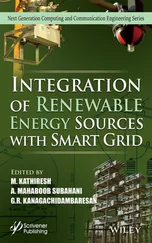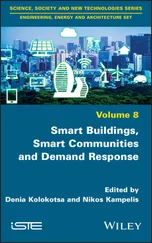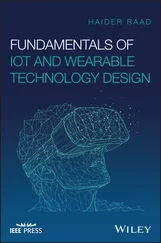Frede Blaabjerg - Smart Grid and Enabling Technologies
Здесь есть возможность читать онлайн «Frede Blaabjerg - Smart Grid and Enabling Technologies» — ознакомительный отрывок электронной книги совершенно бесплатно, а после прочтения отрывка купить полную версию. В некоторых случаях можно слушать аудио, скачать через торрент в формате fb2 и присутствует краткое содержание. Жанр: unrecognised, на английском языке. Описание произведения, (предисловие) а так же отзывы посетителей доступны на портале библиотеки ЛибКат.
- Название:Smart Grid and Enabling Technologies
- Автор:
- Жанр:
- Год:неизвестен
- ISBN:нет данных
- Рейтинг книги:3 / 5. Голосов: 1
-
Избранное:Добавить в избранное
- Отзывы:
-
Ваша оценка:
- 60
- 1
- 2
- 3
- 4
- 5
Smart Grid and Enabling Technologies: краткое содержание, описание и аннотация
Предлагаем к чтению аннотацию, описание, краткое содержание или предисловие (зависит от того, что написал сам автор книги «Smart Grid and Enabling Technologies»). Если вы не нашли необходимую информацию о книге — напишите в комментариях, мы постараемся отыскать её.
Smart Grid and Enabling Technologies
Smart Grid and Enabling Technologies
Smart Grid and Enabling Technologies — читать онлайн ознакомительный отрывок
Ниже представлен текст книги, разбитый по страницам. Система сохранения места последней прочитанной страницы, позволяет с удобством читать онлайн бесплатно книгу «Smart Grid and Enabling Technologies», без необходимости каждый раз заново искать на чём Вы остановились. Поставьте закладку, и сможете в любой момент перейти на страницу, на которой закончили чтение.
Интервал:
Закладка:
1.12.8 Security
It is essential to create a secure SG at various levels, control, communication, and physical. The SG should have measures to protect its massive amount of data and to secure consumers' data privacy. Security needs a system‐wide solution for the various anomalies that could hinder physical and cyber levels of the grid [86]. The SG should be resilient against various coordinated and non‐coordinated attacks.
1.12.9 Upgradability
Upgradability is related to smart‐grid equipment adaptation criteria and substation equipment service life. Designers go through complex procedures related to substation equipment requirements. The equipment should implement long life cycles that consider reliability, upgradability, and interchangeability [87]. SG areas consist mostly of a long‐life lasting equipment as opposed to typical IT systems. Test and replacement of these devices usually requires hard work and should consider the high cost due to their large‐scale implementation and high importance usage. Furthermore, utilizing cryptographic strategies that surpass current security conditions is considered delaying the probable requirement of further upgrades [88].
1.13 Smart Grid Cost
Grid operators are required to entirely assess the estimated costs, benefits, and potential risks of implementing the SG applications in order to define a reasonable investment plan for grid modernization. The investment plan should include a list of practical projects and applications to be implemented, their cost, and realization timeframes. Such a plan should mainly rely on the available technical and financial resources in order to achieve the maximum guaranteed return on investment (ROI) with minimum risk. SG will benefit both grid operators and their customers through new technologies development and new applications. The investment on SG is influenced by the targeted power grid reliability, security, efficiency, and resilience. However, disturbances, faults, blackouts, equipment damages, outages, customer interruption, loss of data, and losses of resources over time can result in investment delays in this sector which will also negatively affect a nation's economic growth. SG achieves a significant level of ROI rate and may deliver the highest and long‐term returns to the electric operators and customers, as shown in Figure 1.23[89].
The SG implementation is a continuous process that includes a set of technologies and additional features that can be added gradually to reach the most effective supply and demand balance in addition to reliable and clean electricity. A market study by Electric Power Research Institute (EPRI), indicates that the investment level at utility‐scale in the power grid is between $17 and $24 billion per year over the next 20 years [36]. Figure 1.24and Table 1.2list the major components of the SG total cost [90].
Low refers to an EPRI low estimate of $ total SG costs; HIGH refers to EPRI high estimate of $ total SG costs. The wide variety in these estimates of the investment that is needed to realize the grid modernization reflects the uncertainty of the current industry modernization stage [91]. Again, these costs are modest when compared with the yield fruitful benefits from SG implementation.

Figure 1.23 SG investment. Adapted from [89].
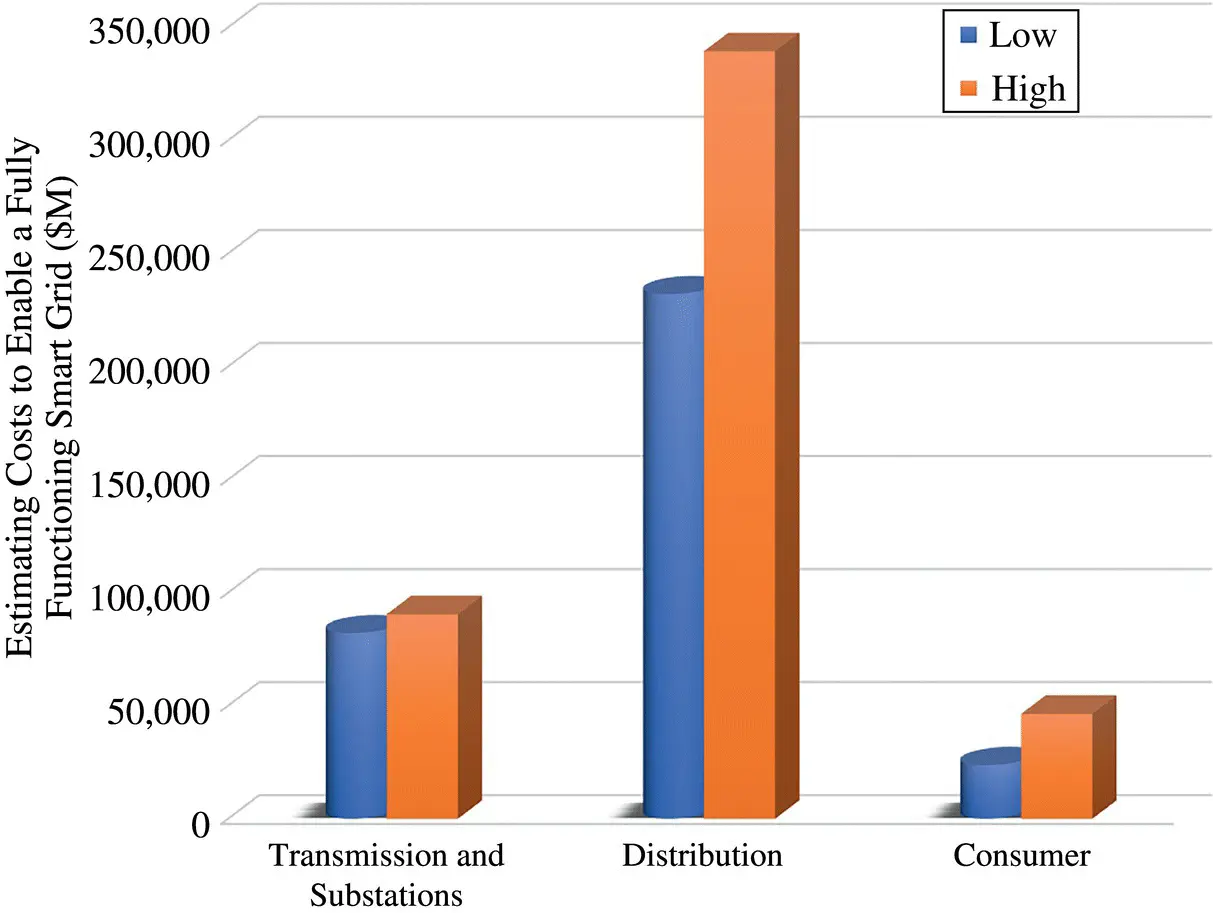
Figure 1.24 SG costs Ref [90]. Reproduced with permission from EPRI (Electric Power Research Institute).
Table 1.2 Investment costs of a fully functioning SG ($ M) [90]. Reproduced with permission from EPRI (Electric Power Research Institute)
| Low | High | |
|---|---|---|
| Transmission and substations | 82 046 | 90 413 |
| Distribution system | 231 960 | 339 409 |
| Consumer Engagement | 23 672 | 46 368 |
| Total | 337 678 | 476 190 |
1.14 Organization of the Book
This book is comprised of 18 different chapters dealing with different SG related issues. Chapter 1 provides an elementary discussion on the fundamentals of the SG; its concept and definition, characteristics, and challenges. The chapter provides also the benefits of moving toward SG
Chapter 2presents an overview of different renewable energy resources; their current status and also future opportunities, as well as the challenges of integrating them into the electricity grid and the operation in distributed mode as part of the SG.
Chapter 3describes the power electronics technology for distributed generation integrated into the SG. An introduction to typical distributed generation systems with the power electronics is presented. Power electronics converters in grid‐connected AC systems and their control technologies are introduced. Then power electronics enabled autonomous AC power systems are discussed with the coordination and power management schemes. This chapter presents the basic control of power converters. Then autonomous DC power systems are illustrated. Finally, conclusions are drawn with future works.
Chapter 4is dedicated to the impact of the Energy Storage Systems (ESS) on the future grid and presents how these technologies have the potential to shift energy utilization away from peak demand periods and increased costs, enhance the reliability and resilience of the power grid and considering the large integration of intermittent renewable resources. A detailed presentation of different ES technologies and the development of the current technologies and future status are introduced. One of the topics presented in this chapter is the use of ESS in SG applications, technical and financial benefits for the deployment of these technologies in the future SG.
A comprehensive review of microgrid including their characteristics, challenges, design, control, and operation either in grid‐connected or islanded modes are introduced in Chapter 5. This chapter presents a detailed study of communications issues between microgrids.
Chapter 6is devoted to one of the most important applications of the SG which is smart transportation. This chapter presents an overview of electric vehicles; their current status and also future opportunities, in addition to the challenges of integrating them into the SG. The impact of EVs on SG operation and Modeling EV mobility in energy service networks are also depicted in this chapter.
Chapter 7describes the zero energy buildings (ZEBs) definition, design, modeling, control, and optimization. Furthermore, generalizing its concept into the SG community. This chapter discusses the benefits and barriers of the current state and the future trends of (ZEBs) as a step to reduce the energy consumption in the building sector.
The goal of Chapter 8is to shed light on the SG features multi‐way communication among energy production, transmission, distribution, and usage facilities. The reliable, efficient, and intelligent management of complex power systems necessitates employment of high‐speed, reliable, and secure data information and communication technology into the SG to manage and control power production and usage is described in detail in Chapter 8.
Chapter 9presents two main parts when studying the SG, SG infrastructure, and SG applications. SG infrastructure entails three main layers: power system, information, and communication layers and these are discussed in this chapter. Although the cyber system made the grid more energy‐efficient, it has introduced threats of cyber‐attack such as operational failures, loss of synchronization, damage of power components, and loss of system stability. Because of this, information security is a major element for information and communication infrastructure in the SG to improve the grid efficiency and reliability as well as considering privacy which is described in detail in Chapter 9.
Читать дальшеИнтервал:
Закладка:
Похожие книги на «Smart Grid and Enabling Technologies»
Представляем Вашему вниманию похожие книги на «Smart Grid and Enabling Technologies» списком для выбора. Мы отобрали схожую по названию и смыслу литературу в надежде предоставить читателям больше вариантов отыскать новые, интересные, ещё непрочитанные произведения.
Обсуждение, отзывы о книге «Smart Grid and Enabling Technologies» и просто собственные мнения читателей. Оставьте ваши комментарии, напишите, что Вы думаете о произведении, его смысле или главных героях. Укажите что конкретно понравилось, а что нет, и почему Вы так считаете.
